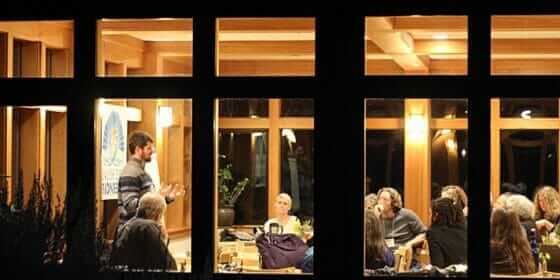We welcomed Robert Mellinger to our team last month as Land Care and Program Coordinator. In this role, he’ll lead the stewardship of our forest and heartland, working closely with Westgarden Manager Abigail Lazarowski plus other members of our team and community on issues involving land-based education, community engagement, and conservation. I recently spoke with him about his background, plus his transitional experience working alongside former Land Care Coordinator Maggie Mahle and his vision of what’s ahead.
There’s been a strong thread running through Robert’s diverse career: a hunger for truly sustainable community. “I’ve worked at the interface of communities trying to understand what it means for them to live together ecologically, both in a physical way, in how they use their land and live on their land, and also in how they live together,” he said.
Among his foremost influences are his family who demonstrated unconditional kindness, critical thinking, and trusting support and also many mentors who were pivotal in his life. He completed his BA at Vassar College with a wide liberal arts background. Later, he spent time with Alderleaf Wilderness College, gaining certifications in wilderness ecology & education, permaculture design, and wildlife tracking. At Schumacher College, he completed a Master’s in Holistic Science where he focused on the developmental and ecological importance of emerging possibilities for freedom of exploration and learning within communities. He’s also done a permaculture internship in the Santa Cruz mountains, studied permaculture and natural building at OUR Ecovillage on Vancouver Island, and engaged deeply in homesteading and community-building with D-Acres, a 180 acre permaculture education center in New Hampshire. There, he experienced the challenge of creating economy. “It was something of a community hub,” he said. “We had a big community gathering once a month, movie nights, pizza bakes, and groups from around the region coming through for educational purposes.”
In early 2011, Robert shifted his focus by accepting an editorial internship with Yes! Magazine in Seattle. “ At that point, I’d spent two years hands-on trying to understand what sustainability is, and what ecological design and living is. I wanted to understand the storytelling and organizational networking side of sustainability.” He said that Yes! was an organization trying to be a sustainable business in everything from how their office was designed to how staff spent their days and how schedules and spaces were arranged to allow for time together. His internship took place during the production of an issue on the prison system, exposing the criminal-industrial complex and exploring the edge of restorative justice.
In the months that followed, he moved to Seattle, worked in landscape installment, and wrote for Crosscut.com, a regional journalism organization for the public good. After writing an article on the project for Crosscut.com, Robert served as a steering committee member and volunteer in the early phases of Seattle’s Beacon Food Forest. During those few years Robert said, “I started to experience that everybody, on every front, who’s really trying to change and walk their talk is having to restructure their organizations, and the way they do business, and the way they communicate and make relationships.”
Robert went on to describe what excites him about joining the Whidbey Institute team and our community of leaders. “We have the opportunity to really take responsibility—to find the edges where we’re interested, excited, and passionate. For an organization to take shape around those edges, and to change with time in relation to what is relevant and alive to all those people within the organization. From my perspective, that’s an integral part of what you might call a living economy, or an ecological society.” The Whidbey Institute and organizations like it, he said, function this way when organizations themselves are responsive to what people are responsive to.
When it comes to his relationship with the land, Robert brings a love of nature that’s been with him since childhood. “I grew up playing in the woods in New Jersey, alone, with friends, and with my brother,” he said. “That was one of the most formative forces in my life.” As a teen, Robert went on a National Outdoor Leadership School expedition for a month in the Northern Talkeetna Mountains of Alaska. “I think I’m still learning the ways in which that changed me,” he said. Later, as he learned more of the research and efforts underlying what’s become known as the Nature Connection Movement, from experts like Jon Young and Richard Louv, Robert learned how important free, unsupervised time to explore nature is in human development. “It could be in the backyard,” he said. “It doesn’t have to be in the deep forest. Research shows that the most important parts are that it be unsupervised and unstructured time. From my own childhood, the truth in that is completely clear to me.” He added, that the presence of mentors who listen and ask questions in another essential ingredient.
Working alongside Maggie in her last weeks at Chinook was a wonderful experience for Robert, who said their time together impacted him in lasting ways. “Maggie so strongly embodied an ethic that is so hard for most of us to live up to, which is to spend more time listening than talking. Her patience was extraordinary,” he said. “To get to know the Institute through her eyes, and through her stories, will influence the way I interact with the world for the rest of my life.”
Robert feels a sense of excitement about working alongside other community members on this land, and welcomes the stories of all who have been involved with Chinook. “It’s been important to get a sense of the deep history of the Institute, and of all the different people who have contributed to creating this place and holding this place in a way that makes what we’re doing today possible.” He hopes to hear more of those stories, and envisions a future in which we can welcome even more community members into a relationship with this land. “Because the Institute focuses on looking at ecological issues in all their dimensions, from community to leadership to ecosystem vitality, it’s a good place for community to being understanding ecological design, in the sense of participation—‘I’m a person, a community member, and we interact with our landscape and change it.’” Robert hopes that the Institute can foster both a love of nature and a sense, in the individual, of what one’s participation means in the dynamics of natural systems.
His many experiences, from permaculture to journalism, have equipped Robert to see the vast complexity in our world. At the same time, though, some things are simple: “The real, hard ecological work ahead of us requires first falling in love. That’s difficult to do without spending the time getting to know what’s around us, deeply.” For me, I think that means getting up from my desk, and going out for some unstructured time in the woods of Chinook.
December 4, 2014
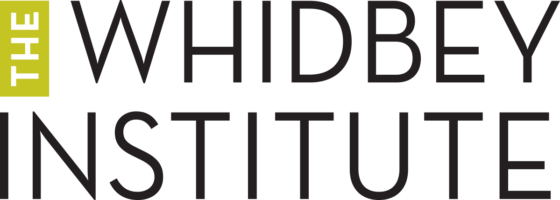
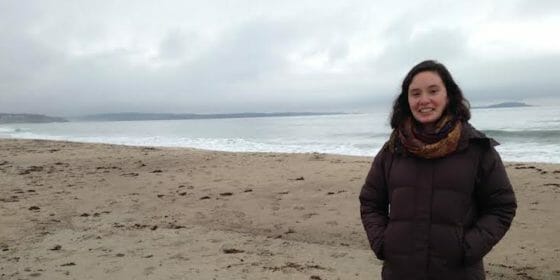
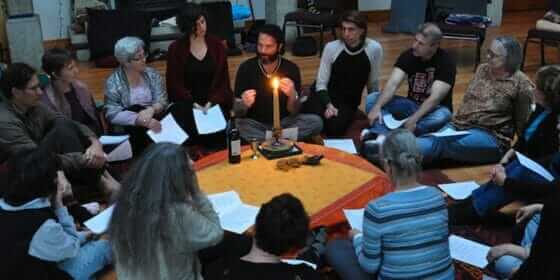
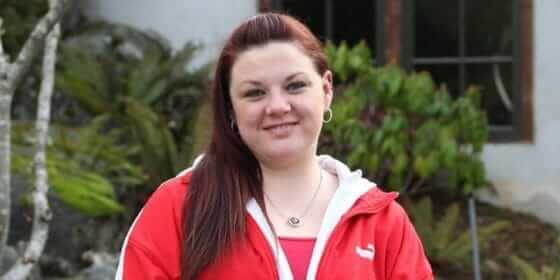
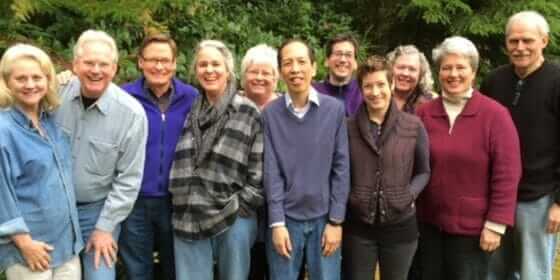
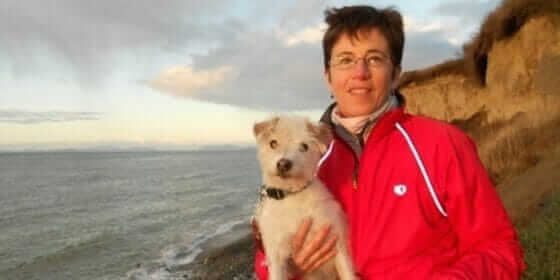
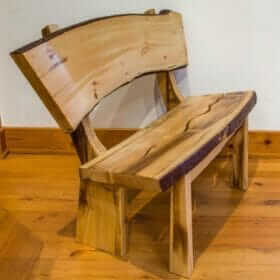
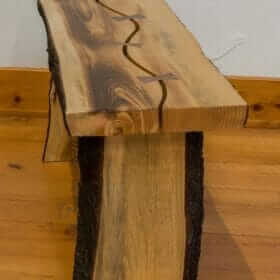
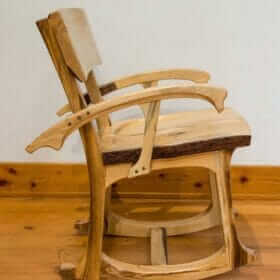

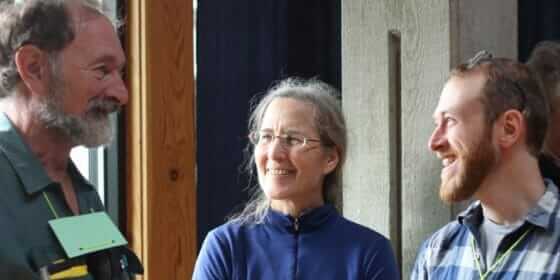
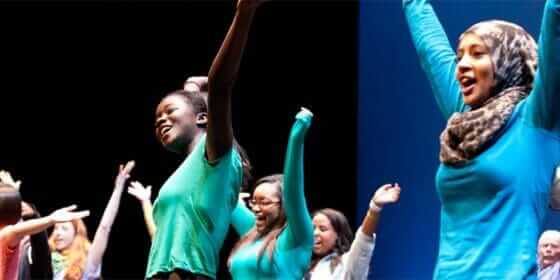
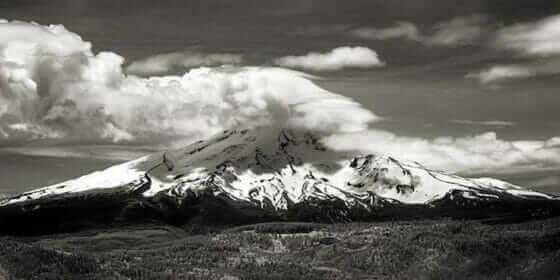
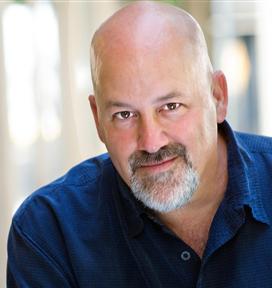 Marnie: The week encompassing New Year’s Eve and Day seems like an unusual time to hold a retreat. How did this come about?
Marnie: The week encompassing New Year’s Eve and Day seems like an unusual time to hold a retreat. How did this come about?